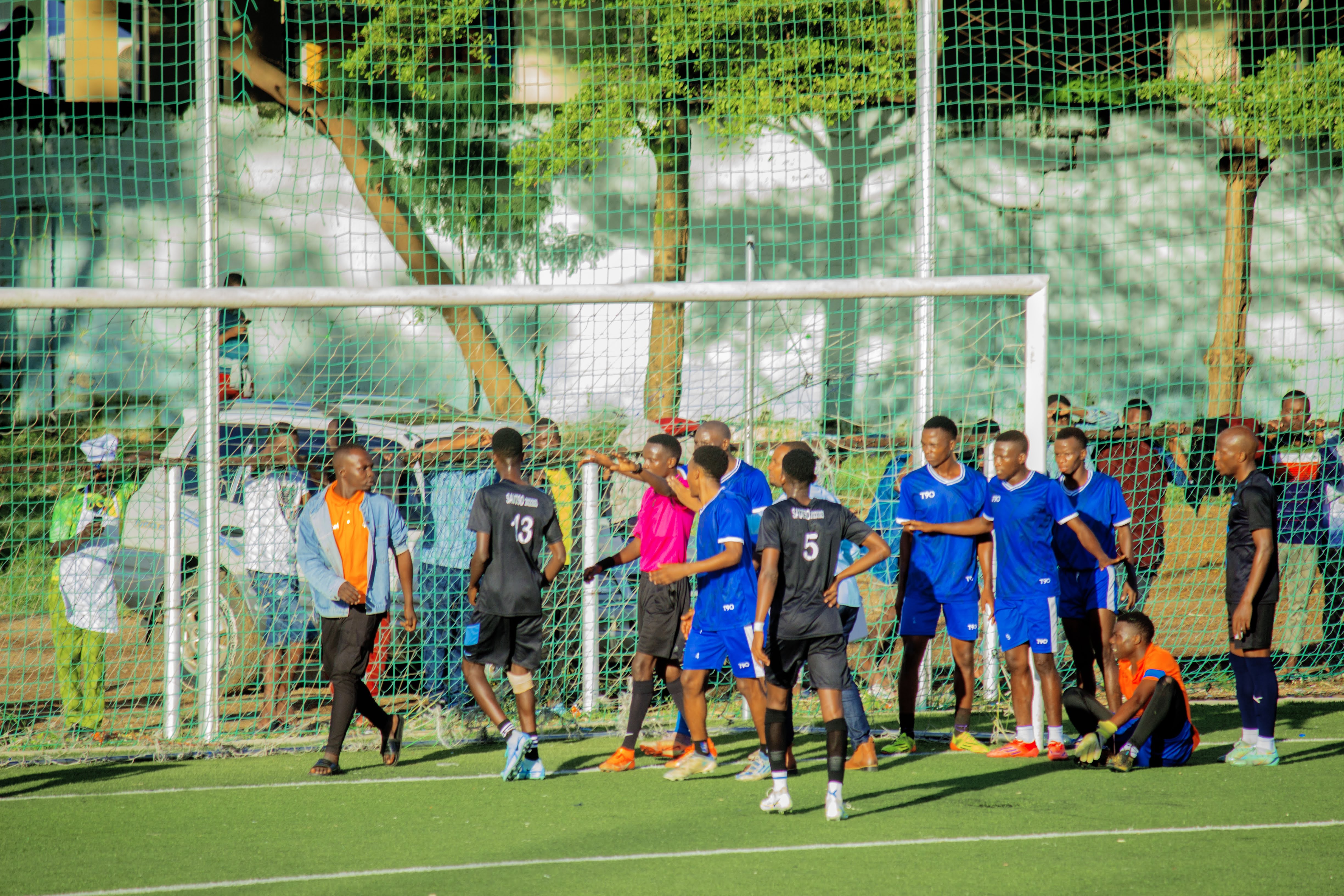Policy formulation and development is a complex, time-consuming process requiring support from communities, government, politicians, external partners, and the public, including investors and beneficiaries. It demands patience and flexibility, often facing resistance from those benefiting from current policies.
NACOFA's experiences highlight these challenges. Developing the Forest Act 2005 and revising it to the Forest Conservation and Management Act 2016 each took four years. The Forest Incentives and Benefit Sharing Regulations have been stalled for 14 years, and the Natural Resources and Benefit Sharing Bill has been in Parliament since 2014. These critical policies, essential for ensuring community benefits from conservation efforts, face significant delays due to competing interests.
NACOFA has learned that patience and adaptability are crucial in policy formulation. This process often begins with a community's need to address environmental challenges and aims to tackle root causes, ensuring a stable supply of environmental goods and services for future generations. It must align with current political directions, national and global commitments, and garner stakeholder support.
NACOFA has also faced challenges implementing Transition Implementation Plans (TIPs) at the county level, providing opportunities to address these issues through county-specific NRM bylaws, forest management plans, capacity building, and guidelines for conserving fragile ecosystems and developing nature-based enterprises.
